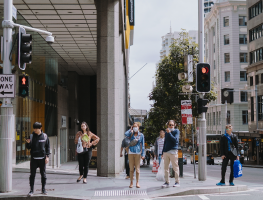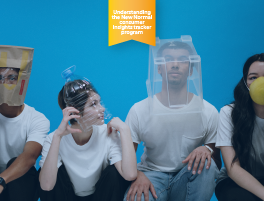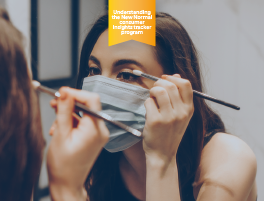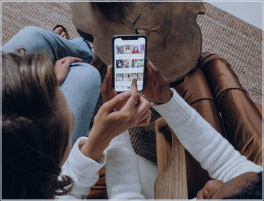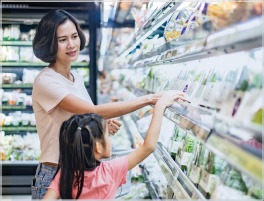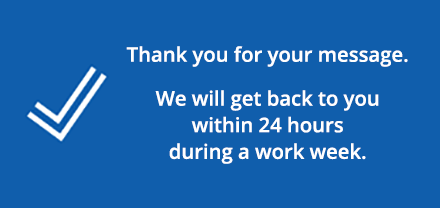January typically heralds articles speculating on all the things that will look different in the coming year, and the disruption caused by COVID-19 has fueled countless predictions for a world emerging from the pandemic irreversibly transformed. But with the promise of viable vaccines rolling out in the coming weeks, it is worth reflecting on what has really changed for brands. Of course, COVID-19 has had an enormous impact on daily life over the last 10 months, and much of the world remains locked in an ongoing and volatile phase of restricted living. But as we reflect on some of the key learnings from MetrixLab’s Understanding the New Normal Global Consumer Insights Tracking Program, we see through the different ways that brands have connected with consumers during 2020 that long held brand building principles are more relevant than ever. In the early weeks of the pandemic, the world was cautiously optimistic about the immediate future. Half of people globally believed that things would return to normal within 3 months. This was a period defined by a creative consumer seeking distraction and inspiration, and experimenting with Quarantinis and Dalgona coffees. We saw heightened wellness and safety concerns as we approached the end of the year. This presented a clear opportunity for brands to help weary consumers overcome daily challenges. Brands that tangibly demonstrated how they were making changes to address safety concerns, or how they were making our disrupted lives easier, were well placed for success. For example: In the early weeks of the pandemic, #Quarantine15 social media posts poked fun at the weight gain caused by lockdown indulgences. But a realization of a lengthy road to recovery has led the global consumer to actively seek healthier food and wellness options. There is a renewed focus on being more creative in the kitchen and trying new experiences. Of course, these new ambitions often clash with the desire for speed and convenience as consumers struggle with the daily challenges presented by restricted living. As we approached the end of 2020, MetrixLab’s Understanding the New Normal data revealed an emerging tension as people struggled to blend convenience and creativity. Online platforms that inspire recipe ideas have always been popular, but increasingly people are looking more for nutritious recipes with expert tips and tricks from chefs to turn meals into experiences that involve the whole family. Brands can help people to make the most of this time, offering smart and convenient ways to live more healthily or creatively. WARC recently reported that 2020 has been the worst year on record for global ad spends. Ad spend is set to decline by 10.2% this year, which is double the decline suffered in the last recession after accounting for inflation and exchange rates. In the early months of the pandemic, many brands cut spend to offset profit losses or reallocate investment. For businesses that maintained or increased spend during this time, such as P&G, there was a rare opportunity to secure a higher share of voice in an effort to fuel growth at a time when the competition was cutting back. And then as we transitioned from lockdown into restricted living, a new playbook emerged with brands welcoming people back and showing a world cautiously re-opening. Brands had a difficult balance to strike to ensure they differentiated from the sea of sameness without jarring with the mood of their audience. Carlsberg provided a strong example with their ‘Better when we’re together’ UK ad in July. The UK was then seeing a relaxation of lockdown measures with many things reopening, including restaurants, cafes and pubs. Positivity certainly increased during this time – but so did caution. People in the UK were cautiously optimistic about the future, and this was not the time for overly celebratory or joyful advertising heralding a return to normality. Carlsberg judged the mood at the time perfectly. The ad acknowledged that we were not back to normal yet, but protected distinctiveness by retaining the brand’s light-hearted humor and recalling Carlsberg’s well-known ‘Great Escape’ advertising of recent years. In some respects, COVID-19 has been a catalyst for change. Various trends such as the rise of e-commerce have been accelerated by the pandemic, and they are unlikely to reverse as we emerge from the crisis. But in many other ways, 2020 has reinforced the permanence of key brand building principles in the face of huge disruption. As we head into the New Year with renewed optimism for a world opening-up again, brand owners should be asking themselves: None of us are really sure what 2021 has in store. But by bearing in mind these key principles, you’ll be sure to lay the cornerstones for success. MetrixLab operates a Social Insights Privacy Policy, which takes into account the privacy of people publishing content online.1. Stay relevant by meeting consumer needs
However, as the weeks rolled on, the global consumer mindset shifted. As people gradually realized that we faced a long road to recovery ahead, the initial cautious optimism turned to weariness and frustration. Consumers rationalized their focus around how to navigate the challenges of restricted living more easily and safely.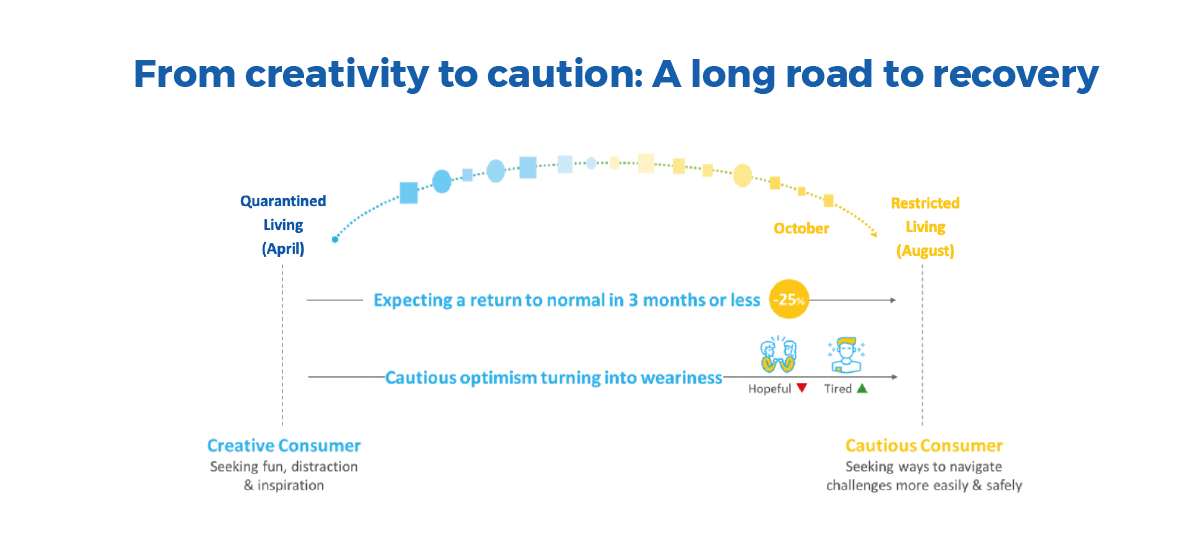 Source: MetrixLab Understanding the New Normal Global Consumer Insights Tracking Program
Source: MetrixLab Understanding the New Normal Global Consumer Insights Tracking Program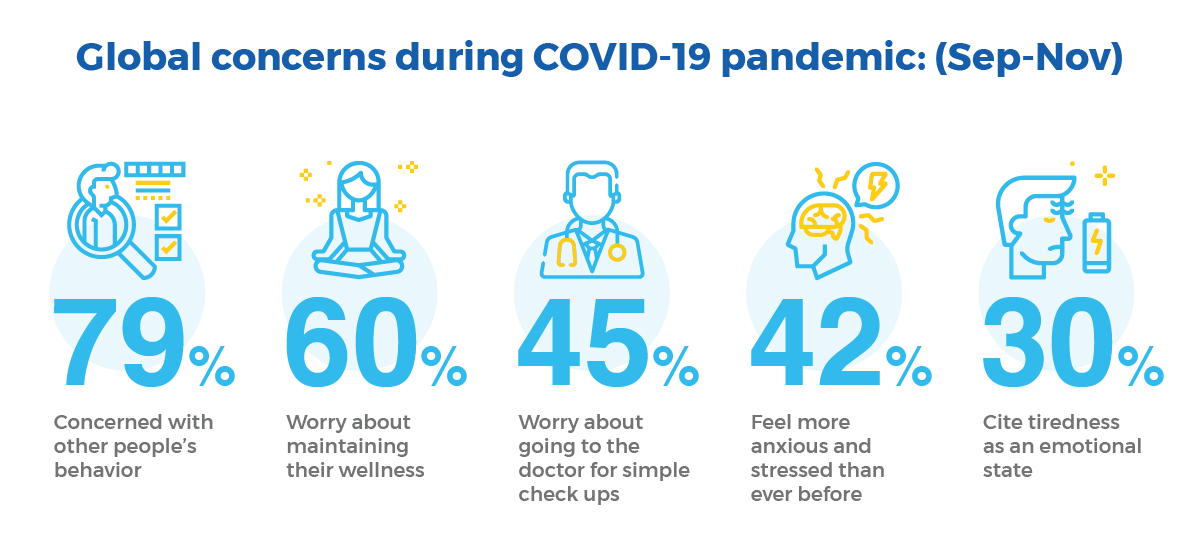 Source: MetrixLab Understanding the New Normal Global Consumer Insights Tracking Program
Source: MetrixLab Understanding the New Normal Global Consumer Insights Tracking ProgramHere’s how brands responded:
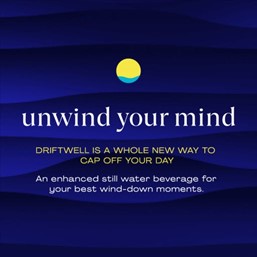
2. The best brand innovations solve pain points and help people navigate tensions
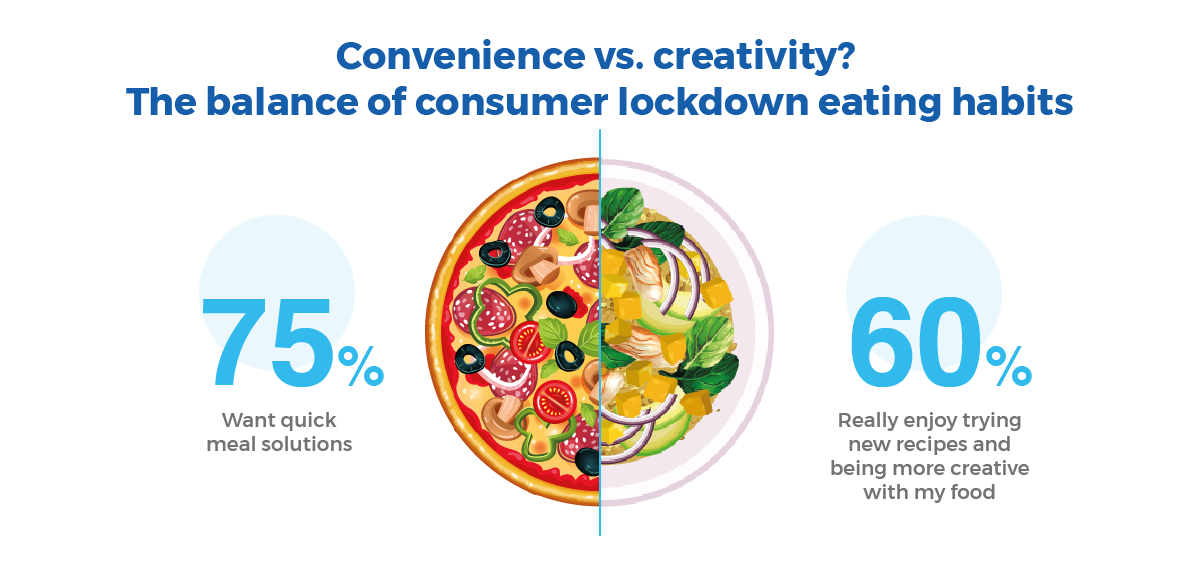 Source: MetrixLab Understanding the New Normal Global Consumer Insights Tracking Program
Source: MetrixLab Understanding the New Normal Global Consumer Insights Tracking ProgramHere’s how brands responded:
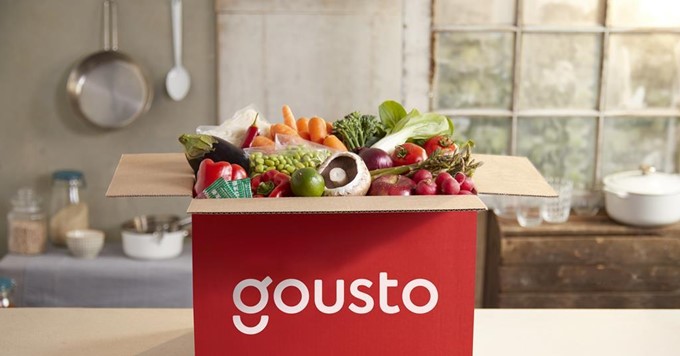
3. Great advertising resonates emotionally and helps brands to stand out from the crowd
For the brands that remained on air, the challenge was how to strike a chord with consumers without conforming to generic COVID-19 advertising playbooks of messages of solidarity, empathy and commitment. YouTuber ‘Microsoft Sam’ edited a fantastic compilation video to highlight the over-used advertising codes from the playbook:
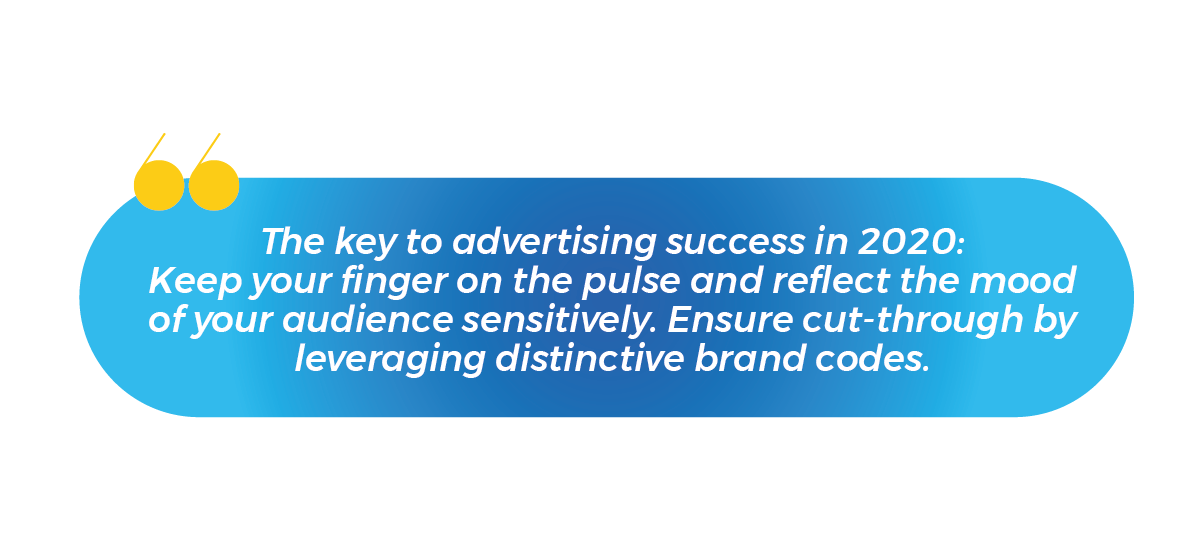
Here’s how brands responded:
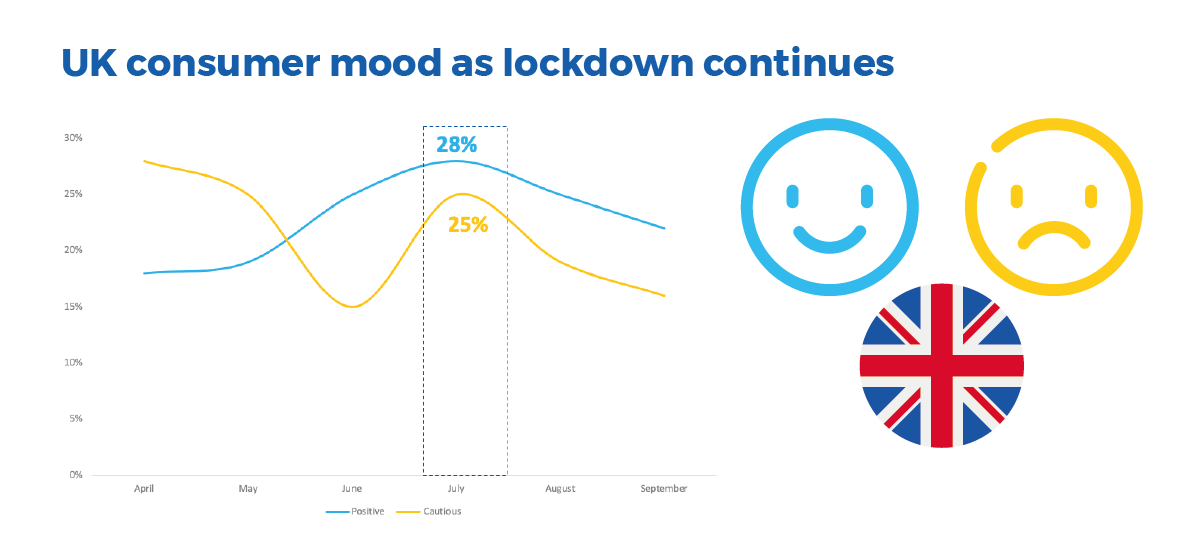 Source: MetrixLab Understanding the New Normal Global Consumer Insights Tracking Program
Source: MetrixLab Understanding the New Normal Global Consumer Insights Tracking Program
Key considerations for brands as we head into 2021
Ready to get started on your brand’s goals for 2021?
Get in touch with us.
How 2020 showed the relevance of key branding principles

